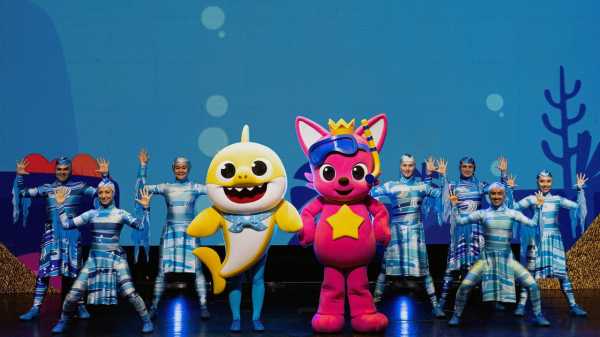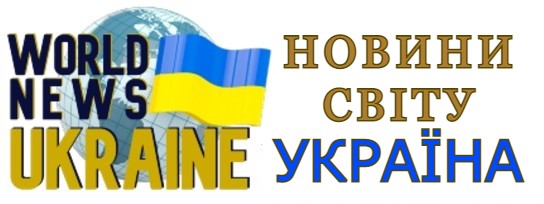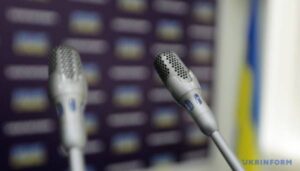
My first question before attending a “Baby Shark” concert, on a recent Friday night, was: What, exactly, is a “Baby Shark” concert? I know “Baby Shark” has a lot going for it. The song, a brief ditty about a multigenerational shark family on the hunt, has been inescapable since shortly after a Korean edutainment company named SmartStudy uploaded a manic, K-pop-inspired version to YouTube, in 2015. SmartStudy’s “Baby Shark Dance” video, which features two kids demonstrating the accompanying choreography, has now been viewed over 3.9 billion times, which is more than double the number of children on earth. As the mother of a toddler, I’ve watched it roughly a hundred thousand times in the past year alone. But it’s under two minutes long. How was Round Room, the touring company behind “Baby Shark Live!,” going to wring an entire concert out of it? My second question concerned logistics. “Baby Shark” ’s most committed fans are infants. How, exactly, are they supposed to attend an electronic-music concert? The show was scheduled to take place at Kings Theatre, an ornate, three-thousand-seat former movie palace, in Brooklyn, which usually hosts acts like FKA twigs and Dionne Warwick. The start time was 6 P.M., an hour that the under-two crowd generally reserves for screaming pre-dinner meltdowns. Did the Round Room people really expect three thousand babies to pull it together and take the 5 train to Flatbush?
The answer, I soon learned, was yes. A concert for babies is pretty much the same as a regular concert. The patrons are just smaller, and they act roughly twice as drunk. It was a freezing-cold night, and, by 6:15 P.M., hundreds of “Baby Shark” fans were swarming the theatre’s red-carpeted lobby. Most were wearing shark paraphernalia: shark hats, full-body shark costumes, and sweatsuits displaying pictures of SmartStudy’s cartoon-shark family and the song’s famous lyric, “Doo doo doo doo doo doo.” Parents carried the little fans or pushed strollers piled high with Baby Shark puppets (on sale for twenty-five dollars).
“She’s obsessed with Baby Shark,” Ali Roussos, from Old Bridge, New Jersey, said of her one-year-old daughter, Savannah, who was wearing a gray Baby Shark sweater and pink pants. Ali and her husband, Joe, have shirts that read “Mommy Shark” and “Daddy Shark.” “Everything is Baby Shark,” Ali went on. “It’s constantly playing in our house. Her first birthday theme was Baby Shark. Her second birthday probably will be, too.”
“He was Baby Shark for one of his three Halloween costumes this year,” Olena Ripnick-O’Farrell, from the Upper West Side, said of her fifteen-month-old son, Felix, who was looking around with a dreamy expression. Their family has tried to avoid YouTube. “We’re a screen-free household,” she said. And yet the song has exerted its power. “We’ve played it for him on the speakers, and he loves it. If we even hum the tune, he’ll start dancing.” Her wife, Ruth O’Farrell, added, “He’s seen it on my phone twice, in the pediatrician’s waiting room.”
At most concerts, the start of the show is a fairly noticeable event, but, at “Baby Shark Live!,” things were more fluid. Parents and toddlers wandered in and out of the theatre, as lights flashed and a giant L.E.D. screen showed an ocean scene. At some point, costumed performers appeared onstage and started bantering. I recognized Pinkfong, a pink fox, and Hogi, a green hedgehog, from SmartStudy’s YouTube videos. Then a version of “Baby Shark” played, and a grinning yellow shark appeared onstage. A buzz coursed through the audience. A two-year-old boy sitting next to me pointed to the stage, shouting, “That! That!” The shark danced, and sang a song about himself, to the tune of “Bingo.” As with most SmartStudy songs, the lyrics were nonsensical, “There was a yellow shark, and Shark was his name-o / S-H-A-R-K!” I turned around in my seat to see the fans. I’d assumed that they’d be animated. Instead, the theatre was a sea of tiny, vacant faces, frozen in that glazed, slack-jawed expression that comes over toddlers when they watch YouTube videos.
Onstage, Baby Shark had disappeared. Pinkfong, Hogi, and some other characters went on a quest to find him. There were gestures at a plot. But the central tension in “Baby Shark Live!” is anticipating when “Baby Shark” will be played again. The characters sang and danced to other nursery songs. They performed “Wheels on the Bus” and SmartStudy’s second biggest hit, “Monkey Banana,” which has the same tune as “Baby Shark” but different lyrics—“Baby monkey banana-na-nas.” My daughter loves that one, too. Onstage, dancers in monkey costumes jumped around, and the L.E.D. screen showed a jungle backdrop.
I normally have a strict no-drinking policy when I’m reporting, but, at this point, I decided it would be O.K. to hit the lobby bar. It was packed with parents. I fell into conversation with Lauren Petty Salem, from Brooklyn Heights, who had left her two-year-old son, Sam, in the theatre with his two grandmothers. “This all goes back to my mom,” Petty Salem said, sipping a gin-and-tonic. Like all of the children at the concert, her son loved “Baby Shark,” but the obsession kicked into high gear last year, when her mother gave him a “Baby Shark” push-button book. “It plays ten variations of ‘Baby Shark,’ ” she said. “There’s ‘Twinkle, Twinkle, Little Shark,’ ‘Christmas Shark,’ ‘Baby Shark on the Bus.’ ” He had played it so much that the battery died. By that point, his brain had been rewired. “His life revolves around ‘Baby Shark,’ ” she said. “When it comes on, he, like, gallops to it. He goes to day care, and they sing it there, too.”
I suggested that he must be thrilled to see Baby Shark in person. She shrugged. It was a mystery. “Honestly, I don’t even know if he’s enjoying it,” she said. “He was just, like, blank stare. Does he even like Baby Shark? We literally have no clue what Baby Shark is to him.”
One of the virtues of “Baby Shark Live!,” as with the music video, is that it’s over before you know what hit you. Petty Salem and I finished our drinks and went inside for the finale—a Vegas-style, E.D.M.-inflected rendition of the song. The theatre turned into a discothèque; strobe lights pulsed; the L.E.D. screen flashed. All of the characters came onstage and did the shark dance, making their arms into shark jaws and singing, “Doo doo doo doo doo doo.” The fans seemed to have recovered their ability to move. They were going completely insane, screaming and tearing through the aisles. The more lucid ones did the shark dance. Confetti fell. Their parents filmed or did the shark dance, too.
There have always been kiddie musical acts. But, when you think about it, the classics—Raffi, the Muppets—are for slightly older kids, who can understand the lyrics. “Baby Shark” has a preverbal allure: some of its main lyrics are “baby,” “mommy,” and “doo doo doo.”
Standing in the theatre, missing my own toddler, I thought of a line in “The Happiest Baby on the Block,” a newborn-care manual that I read, seemingly, eons ago. The author and pediatrician Harvey Karp refers to “shhhhhh” as “the calming sound that babies taught us,” because it exists in many languages and probably developed as people learned, over millennia, that it’s what infants want to hear. In a way, “Baby Shark” is the song that babies taught us. The geniuses at SmartStudy gave it life, but they seem to have been unprepared for its success. It wasn’t Disney or Nickelodeon executives who plucked it from among the millions of other videos on YouTube. Instead, babies themselves made it a juggernaut, by relentlessly clicking Play on their parents’ phones. It might be the first genuine example of baby pop culture. And it’s as unfathomable and as fun as they are. Doo doo doo doo doo doo.
Sourse: newyorker.com



